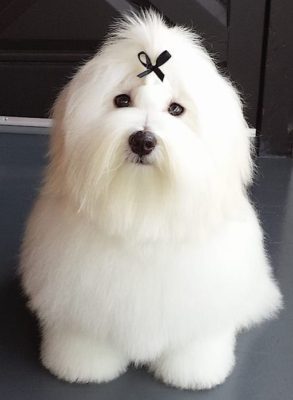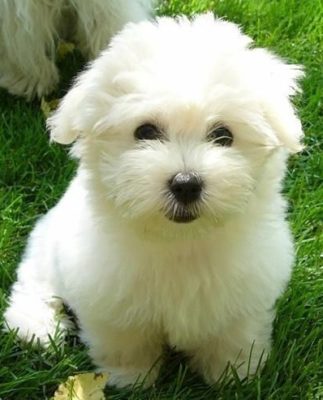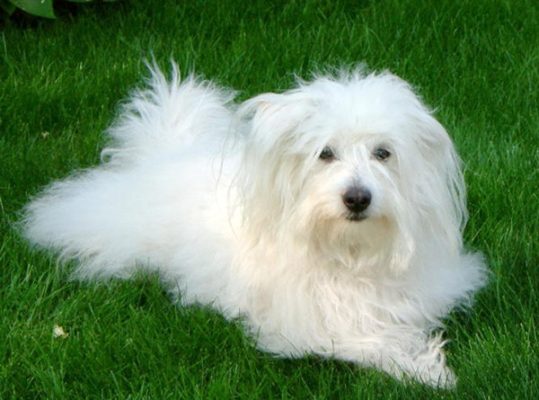Coton de Tuléar
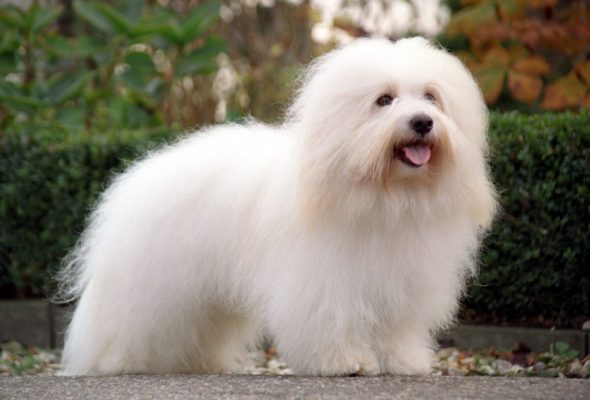
The Coton de Tuléar is a friendly dog that loves to spend time with its owner. All he needs to be happy is human companionship. From his first days in the house, he develops an attachment to family members. He does not like to be separated from them for long periods. Coton de toilette can be a great friend to people of all ages. It is great with children and lifts the spirits of the elderly.
Table of Contents
Breed Information
| Another Name | – |
| Origin | Madagascar |
| Height | Males 26-28 cm Females 23-25 cm |
| Weight | 3-6 kg |
| Fur | Long |
| Color | White |
| Lifespan | 15-19 years |
| FCI Classification | Companion and Toy Dogs |
| Group | Small breed of decorative dogs, apartment dogs, hypoallergenic dogs |
| Price | From $800 |
Breed Photos
Origin History
The place of origin of the Coton de Tuléar breed is Madagascar, which is located off the southeastern coast of Africa in the Indian Ocean. Soft and shaggy, the Coton de Tuléar is a member of a group of bichons that probably previously came to the island from other countries.
There is a legend that dogs were thrown ashore in Madagascar after a European shipwreck. It is unknown whether this legend is true or not, but after the appearance of these pets on the island, they could be found in all the wealthy homes of Madagascar as favorite pets.
Around 1970, a Frenchman who visited the island brought some Coton de Tuléars to France and engaged in their breeding. Around the same time, representatives of this breed came to North America. The Coton de Tuléar still lives in its homeland today, but its cute appearance and friendly temperament have made it a favorite worldwide.
Appearance
The Coton de Tuléar is a hardy and robust breed. The body of the pet is rectangular, somewhat downward, and the back is short and straight. The hallmark of this breed is a gorgeous long coat that looks like cotton. The color of the coat is predominantly white, but sometimes white with broad ashy spots are found.
This breed has short, muscular limbs, short toes, and rounded paws. Their gait is light and slightly springy. The Coton de Tuléar always makes a jump from four limbs, not from two, as most dogs do.
The Coton de Tuléar is the owner of round dark eyes, often covered by long overhanging hair. The pet’s gaze is intelligent and intelligent. He has thin, medium-length ears and a long tail drooping downward. The ears and tail are also covered with thick fur.
Character
The Coton de Tuléar is a friendly dog that loves to spend time with its owner. All he needs to be happy is human companionship. From his first days in the house, he develops an attachment to family members. He does not like to be separated from them for long periods. Coton de toilette can be a great friend to people of all ages. It is great with children and lifts the spirits of the elderly.
The Coton de Tuléar is a dog with a cheerful temperament, with sparks of joy and optimism almost always shining in its eyes. It has a cheerful and cheerful character. Representatives of this breed are little energizers who never tire of playing with everyone around them.
Care
As part of the Coton de Tuléar’s care, special attention will have to be paid to the dog’s coat to keep it well-groomed and beautiful. In everything else, these pets are not demanding. The coat needs to be brushed daily. It should be done carefully so as not to damage the skin. During combing, it is recommended to use a special spray-conditioner. You should also check your ears regularly and remove excess hair and dirt. It will help to avoid ear infections.
Cotone de Tuléar teeth also require care – brushing them two or three times a week is enough to keep them healthy. It will also help to avoid oral diseases, which small dogs can be prone to. It is ideal for giving your pet regular professional dental cleanings.
Once or twice a month, you should have your pet’s claws trimmed. The signal that they are already too big is a characteristic sound when the pet moves around the apartment. Timely nail trimming promotes the health of the pet’s feet and the preservation of the floor and furniture in the house.
Training
The Coton de Tuléar is a dog that needs nurturing and socialization from an early age. Sometimes it’s hard to get her used to the rules of the house she lives in. But with regular training, she will quickly remember where her sleeping place is, go to the litter box, and respond to her nickname.
The Coton de Tuléar easily learns different commands if the training is interesting to him. These pets do not respond well to aggression toward them, raising their voice, or any punishment. If the trainer regularly demonstrates dominance, the pet becomes unmanageable and certainly won’t learn anything. Using encouragement and praise for the pet, on the contrary, will contribute to quick training results.
Common Diseases
The Coton de Tuléar is a breed that has virtually no health problems. That doesn’t mean they don’t get sick at all, but the likelihood of health problems is extremely low. This breed is prone to eye problems, hip dysplasia, and patellar sprains.
One eye disease that is characteristic of Coton de Tuléar is progressive retinal atrophy. It is an inherited degenerative eye disease that can lead to blindness due to the loss of photoreceptors in the eye’s back. The propensity for hip dysplasia is also hereditary. This problem is indicated by lameness in one or both hind limbs of the pet. The dislocated patella is a common problem in any small breed, and the Coton de Tuléar is no exception. To avoid the problem, it is important to protect puppies from jumping from heights while their joints are still developing.
Nutrition
The Coton de Tuléar is a breed that tends to put on weight quickly, so you need to oversee their nutrition. Two meals a day is enough for an adult pet. The portion’s weight should be about 400 grams, and it should correspond to the physical activity of the pet. It is worth noting that the portion of Coton de Tuléar should be slightly larger in the winter.
You can feed your pet both dry food and natural food. Feeding dry food is easier, while providing natural food requires more attention and some knowledge. At the same time, natural food is considered healthier and more balanced.
In the case of a natural diet, the diet’s basis should consist of foods that contain protein – lean meat, saltwater fish, eggs, dairy products. The pet can also be fed porridges, fresh fruits, and vegetables. Sometimes vegetable oils can be added to the food. It is strictly forbidden to provide your pet sausages and frankfurters, as well as give it potatoes and cabbage.
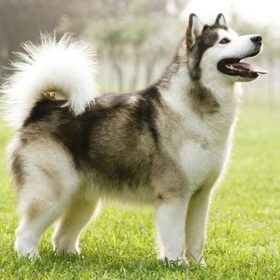 Alaskan Malamute
Alaskan Malamute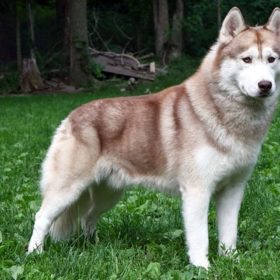 Chukotka Sled Dog
Chukotka Sled Dog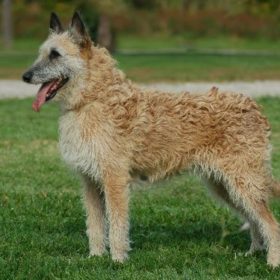 Belgian Shepherd Laekenois
Belgian Shepherd Laekenois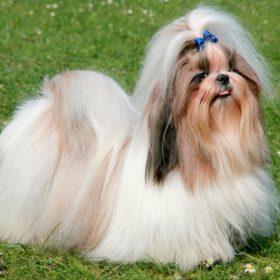 Shih Tzu
Shih Tzu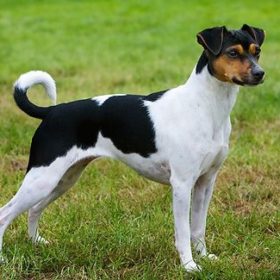 Brazilian Terrier
Brazilian Terrier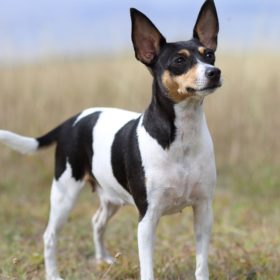 Toy Fox Terrier
Toy Fox Terrier